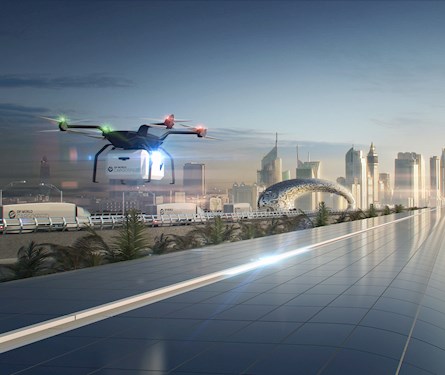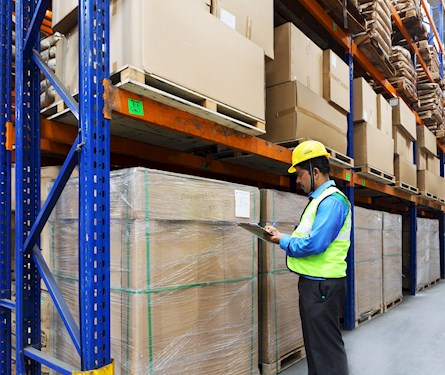Scientists and pharmaceutical researchers around the world are beginning to form a consensus that a working Covid-19 vaccine – or more likely several vaccines – will be ready for public use in the first half of next year.
The first such product out of the gates will be subject to immense demand globally, while governments have already locked in substantial orders with a variety of pharmaceutical companies, for pre-set volumes of their, as yet unfinished vaccines.
For example, the United States federal government announced in July that it had ordered 600m doses of Pfizer’s vaccine in a US$2 billion deal, while the United Kingdom government has struck separate deals with Astra Zeneca, Pfizer and Valneva for nearly 200m doses.
And a substantial proportion of the stockpiling in March and April was of dry goods intended to last out the lockdown. However, these vaccines will have to be kept frozen for transportation, with pharmaceutical companies claiming their products will need to be kept at temperatures of as low as -80 degrees Celsius, prior to thawing for use.
The experience of the public stockpiling several types of goods en masse earlier this year, as their countries went into lockdown against the virus, showed the potential for this pandemic to disrupt goods supply chains at the global, regional and national levels.
Logistics implications
This anticipated demand is generating considerable interest in the logistics of cold supply. Temperature controlled transportation is already a dramatically growing market (predicted to grow nearly 18% in the first half of this decade). The result are significant investments in new technology and processes that can improve the effectiveness and reliability of cold chain logistics.
There is a broad range of solutions to keep perishable products at far sub-zero temperatures as they criss-cross oceans and continents - including liquid nitrogen, frozen carbon dioxide (also known as dry ice) and chemical gels with low specific heat capacities that can freeze and thaw quickly.
This technology is continually improving, through an ongoing process of research and development. However, implementing these processes is costlier for the suppliers of these product types – as well as their logistics and transportation partners – than transporting non-perishable goods.
And when an event like the development of a Covid-19 vaccine triggers a sudden spike in demand for cold supply, it also raises the price of other elements of the supply chain; in particular drivers, appropriately designed trucks and lorries, and qualified goods handlers.
The specific nature of this demand, requiring vaccines to be transported as a matter of priority into areas at highest risk of Covid-19 transmission, can also add to the cost of labour required to deliver the goods.
On the other hand, the anticipated non-Covid-19 related growth of this market should be expected to generate an increase in supply of vehicles and workers that will eventually offset short term price increases.
The ongoing investment in improved cold supply chain technologies is also likely to generate continued process efficiencies that will reduce the cost of cold and frozen transportation. For example, the use of energy during in-transit refrigeration has already been reduced considerably in recent years as batteries designed specifically for this purpose have become more efficient.
A focus on cold supply
Still, the near-term headwind to the logistics industry, affecting in particular its ability to move perishable goods with expensive and complex storage and transportation needs, is likely to increase the decoupling between long-established international trading relationships.
Geopolitical issues like trade obstacles between the US and China (regardless of the US election outcome) and a maximum disruption ‘hard’ Brexit between the UK and European Union, will mean increased border checks to ensure stricter country of origin and tariff rules are being enforced.
In a less globally integrated trade environment, technologies that maximise the efficiency and minimise the excess cost of cold supply will be even more of a priority than they are now.












